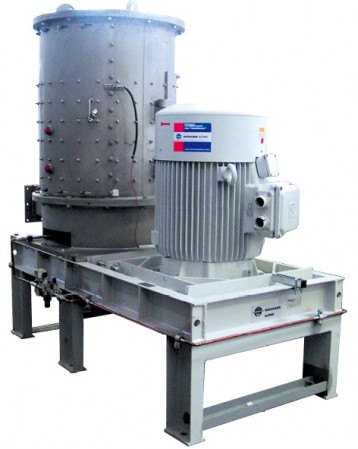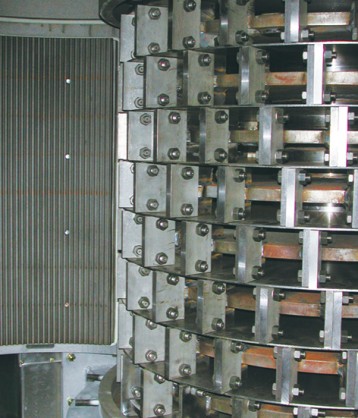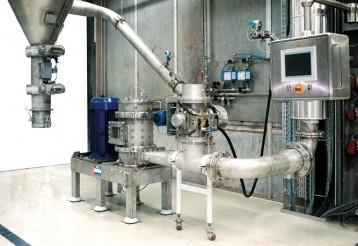- Industries & Machines Industries & Machines
- IIoT IIoT
- Service-Toll Processing Service-Toll Processing
- Material Material
- News News
- IR Information IR Information
-
Sustainability
Sustainability
Sustainability
- Introduction
- Sustaibality Policy - Mission Statement
- Editorial Policy
- Materiality & Strategy
- Technological contribution to a sustainable global environment
- Contributions towards a safer, more secure and prosperous society
- Sophistication of governance that supports business
- ESG Data Collection
- Sustainable Business Management ~ Finance
- Infromation Disclosure Based on TCFD Recommendations
- Jobs and Careers Jobs and Careers
-
About Us
About Us
About Us
- Corporate Vision
- Greetings (Company Introduction)
- Corporate Overview
- Corporate Profile
- Business Areas and Strengths
- Corporate History
- Hosokawa Micron Group
- Domestic Facilities
- Overseas Subsidiaries (Asia)
- Overseas Subsidiaries (Europe)
- Overseas Subsidiaries (America)
- Asian Agents
- Powder Technology Research Institute
- Industrial Property Rights
- Journals and Books
- Technical Information
- Annual Publication "Micromeritics"
- Compliance Charter
- Privacy Policy
- Cookie Policy
- Quality Principle

Industries & Machines
- TOP
- Industries & Machines
- Machines Search
- Long Gap Mill LGM
Long Gap Mill LGM

Summary
Principle of operation
The long gap mill is a fine impact mill with vertical rotor shaft that is supported both top and bottom in the mill housing. The grinding air is introduced into the mill housing from the bottom, the feed material is fed to the mill entrained in the grinding air. This configuration has the advantage that as a result of gravity, coarser particles are retained in the mill for a long time, and are ground finely. When used for drying slurries from wet mills, the suspension is pumped into the grinding bin. The fineness is adjusted as a function of the rotor speed. A classifying wheel that co-rotates on the rotor shaft brings an improvement to the top-size limitation. If the classifying wheel is installed, the coarse material is rejected and is externally recirculated to the air inlet.
Features
- Solid welded mill housing in mild or stainless steel
- Sturdy anti-vibration base frame
- Large inspection door
- Exchangeable beater plates, construction material to suit application
- Exchangeable grinding track segments (cast material)
- Connection flange order-specific
- Bearing unit protected from dust by rinsing air
- Bearing unit designed for relubrication
- Safety interlock
- Option: explosion-pressure-shock-proof design for a maximum explosion pressure up to 1.1MPa with design test certificate as defined in the ATEX Directive 94/9/EC
- Option: co-rotating classifying wheel with coarse material re-circulation
- Option: hot-gas operation to 400°C air inlet temperature
- Option: wear-protection elements

Fig.1 LGM 8 with open inspection door

Fig.2 System (10 bar(g) in our test center)
Applications
This machine can be employed for just about any grinding and drying task provided that the hardness of the feed material does not exceed 3.5 on the Mohs scale.
It is particularly suitable if flat particle size distributions with a low d50 are required. The range of products that can be processed with the LGM is extremely wide:
Size reduction:
Mineral powders (limestone, kaolin, talc), plastics and rubber, soya, wheat bran, pea pods, silica, carbon black, plastic fine grinding, cellulose and cellulose derivatives, PVC.
Impact drying:
Precipitated calcium carbonate, Hydrogels, cellulose derivatives, ceramic slurries.
Coating:
Fine fillers with stearates or silanes.

Feel free to contact us. if you have any questions or concerns.

